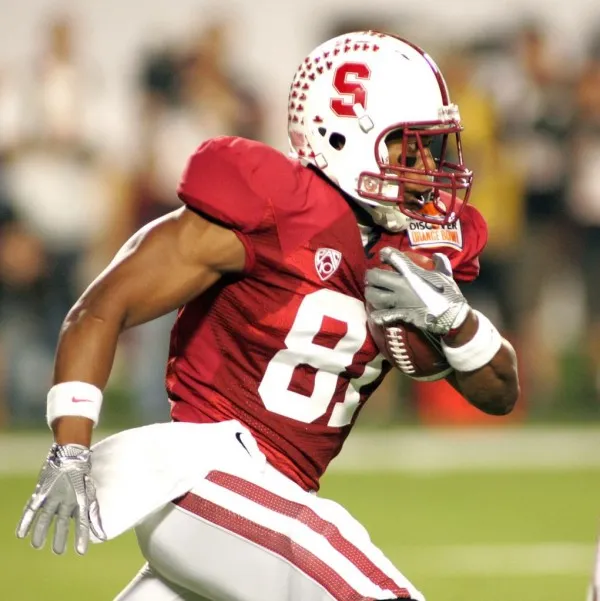Table of Contents
“The science behind concussions has changed very little. Football hasn’t made much progress in dealing with concussions in the last 40 years,” said Scott Anderson, a trainer for the Stanford Athletic Department. “There are still so many unknowns, and we are continuing to assess these challenges.”
The NFL has taken steps to increase on-field safety, most notably with stricter penalties for hits to the head and hits to unexposed players. Critics of the policies argue that the league is trying to incidents that are unintentional and naturally occurring in the flow of a football game.
Football’s power brokers are attacking the problem with improvements to football equipment and adjustments to the rules of the on-field game. Rule changes, such as penalizing defensive players on the field and financially for hitting exposed players, is a good way to make the game safer.
Stanford Sports Medicine is at the forefront of the effort to make the sport less dangerous – it has undertaken a mouth guard study to more accurately record data concerning blows to the head region.
“We feel that the mouth guard is a better way to measure force rather than the helmet,” said Anderson. “Helmets can move around your head, especially if someone grabs your facemask, but your mouth is a good indicator of how much force your head is exposed to.”
Amidst its wildly successful season, Stanford football experienced the effects of increased scrutiny on head injuries. In the final minutes of Stanford’s epic 56-48 victory over USC this season, Chris Owusu took a vicious hit from safety T.J. McDonald on an incomplete pass on 3rd and 6. This incident was flagged as “unnecessary roughness,” due to the fact that the ball had already been dropped. Owusu was left completely exposed to McDonald.
Kirk Herbstreit was announcing the game for ESPN and supported the call, saying, “You have to call it. It’s the most controversial call right now in college and pro football. You talk to a defensive guy that’s sitting at home right now watching, if Matt Millen is watching this he’s saying that’s football. But it’s an effort we’ve seen from the officials based on what the coaches have asked that when there in contact into the headgear you’ve got to make the call.”
Instead of Stanford having to make a 4th down conversion, the penalty resulted in an automatic first down – a prime example of protection policies affecting competition on the field. Whether someone agrees or disagrees with the implementation of rules is irrelevant. The fact of the matter is changes in game policy have reflected the stagnation of scientific advancements for concussion safety, and will continue to do so until significant gains are made on the scientific end of the spectrum.
A growing camp in the sports world has shone light on the efforts by universities and the NFL to lobby for more strict penalties on hits that players target or lead with the head. This may be stemming from the fact that many ex-NFL players have been filing lawsuits with the league, noting that their numerous concussions sustained while playing are to blame for their health problems. The NFL and NFLPA jointly granted $100,000 dollars each to the Center for the Study of Retired Athletes at the University of North Carolina to conduct concussion-based research, which had previously done extensive research on fourty-one retired NFL athletes.
The Center has been researching concussions related to the NFL since 2001, but the new grant will allow them to research players who have only played at the collegiate level:
“That will help us answer the magic question: What is the effect of the additional exposure,” said research director Kevin Guskiewicz,.
Even though the program did get funding from the NFLPA, many are still intrigued by the fact that the program seeks to now study collegiate-only players, considering the NFL may be trying to avoid further lawsuits and back up their claims with medical research.
In light of all of the technology issues penalty policies, and legal worries, it will be fascinating to see how the collegiate and professional games adapt to these challenges over the next few years. It seems likely that Universities will endorse studies and policies that not only seek to protect the players, but their own interests as well.




